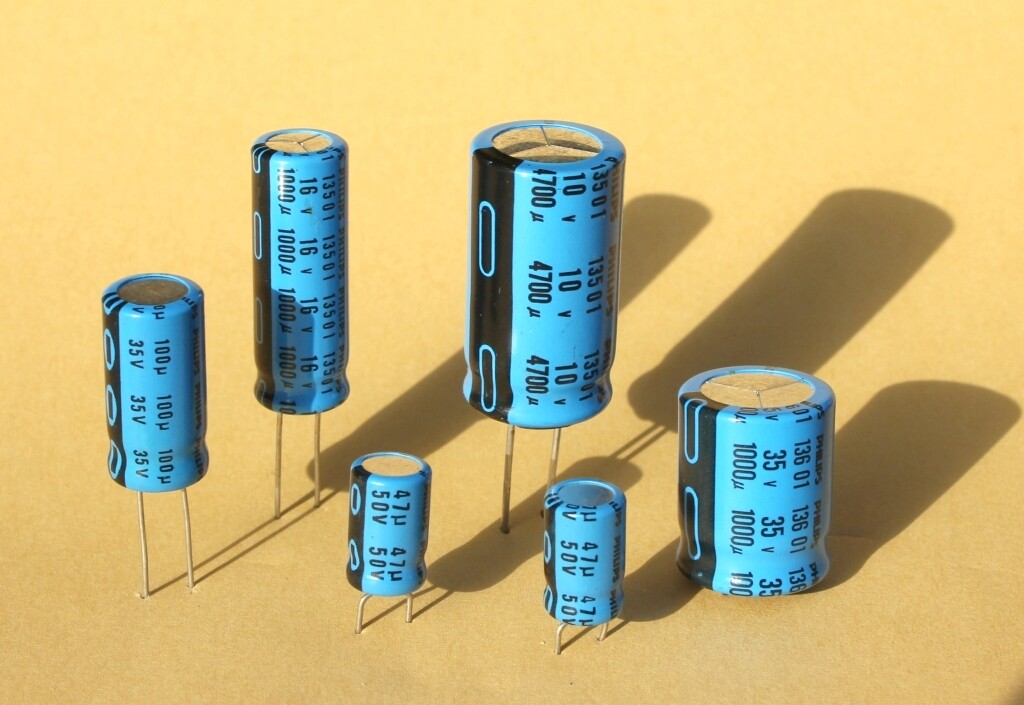The Nikkei newspaper has published an article detailing some of the difficulties the camera industry is going through in terms of supply shortages.
In short, TLDR; It’s really bad.
According to Nikkei and disseminated by Digicame-info, the industry is facing anywhere from 5 to 15 week delay in parts procurement and for some specialized parts, up to 90 week delays (2 years). Sony specifically canceled some of their mirrorless cameras because they simply could not get semiconductors used by the LCD screens. Camera production for 2021 was down 20-30% specifically because of the shortages.
HP commented, and stated that once one shortage is corrected, another one appears leading to a whack-a-mole effect attempting to get parts procured.
According to Nikkei there really isn’t an end in sight to the shortages and expect them to continue.
From Bloomberg, we see...
Continue reading...


